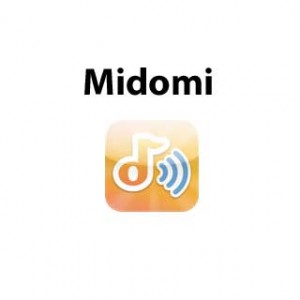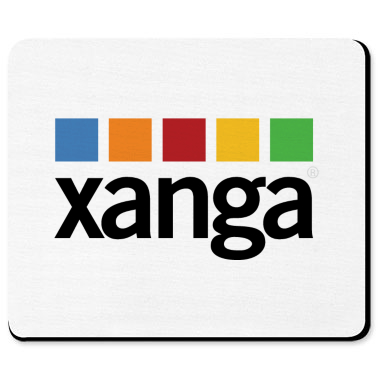Hey Guys!
Hope everyone is doing fine through all this snow. Since I haven't given much of an inside view on my own interests and connections to music and or the music industry- I'm going to give you a culmination of my personal preferences as well as a great idea on what it takes to make a powerful but inexpensive home studio. While there is a mountain of reasons why power has shifted away from major labels- the proliferation of cheap consumer technology- is certainly a contributing factor. Whereas in the past you would need a a good amount of funding to get into the studio and track a professional LP- today you can get going yourself for just a couple hundred dollars.
I have been playing drums for about ten years, I also casually play- and I do mean casually- guitar, and keys. I've been playing in bands since middle school and love to perform/play live music. I have also always been fascinated by recording.
My first recording set up ever was a VM3100 Pro Roland Mixing Board
 that connected to my Dell Desktop VIA a PCI slot, which powered my Logic RPC Software (before they were bought out by Apple.) This never served me very well because for the life of me, as a middle school and high schooler, I could never figure out how to manipulate the software very well. There was also no technical support on that product line, as Apple had recently bought out the company. This whole package ran me about $700 at the time. I still use the board a lot today for purposes of preamp and expanded inputs for live sound. It comes with a number of useful onboard effects.
that connected to my Dell Desktop VIA a PCI slot, which powered my Logic RPC Software (before they were bought out by Apple.) This never served me very well because for the life of me, as a middle school and high schooler, I could never figure out how to manipulate the software very well. There was also no technical support on that product line, as Apple had recently bought out the company. This whole package ran me about $700 at the time. I still use the board a lot today for purposes of preamp and expanded inputs for live sound. It comes with a number of useful onboard effects.From there I shifted my attention to Apple's Garage Band-- after purchasing an Fast Track USB Mbox.


You can purchase a Fast Track Mbox for $100 or less- and it comes bundled with M Audio "Session"- a piece of software that is the closest to a PC garageband Ive seen. However, theres many glitches with this software and I didn't find it to be adequate for my needs at the time.
Garage Band is a great utility for those that are new to recording, and has many professional capabilities for a free piece of software. With the right microphones and input device you can get some fairly professional stuff out of garageband.
From there I moved onto the Mbox Mini packaged with Pro Tools 8 LE-- which is what I currently use today. This set up is really what I recommend for someone on a very tight budget looking to get the biggest bang for their buck. While you will likely want to expand your Pro Tools Plugin package-- LE comes with everything you need to get started-- and has all the necessary EQ, Delay, Reverb, Compression, etc. that you will need.
The biggest downside of the Mbox Mini is that its no good for live recording-- because you can only record two tracks simultaneously . While this sounds like a disadvantage-- chances are if youre working with this package you don't have a good set up to do live recordings well anyhow. The way to get the best quality and eliminate bleed through is layering tracks one by one. While this is tedious it allows the most control and will give you the best quality sound.

In all likelihood you're going to want a MIDI keyboard to accompany your new virtual instrument capabilities. The most effective solution for this is the M Audio Key Rig 49.
The Keyrig will only run you about $100 and comes packaged with all the drivers you need to jump straight into Pro Tools. It plugs in through your USB connect and as far as I can tell has very little if any lag.
Another essential piece of hardware for a project studio is of course, studio monitors. Trying to mix through your headphones is the equivalent of attempting to work with Photoshop on a monitor that has a poor resolution, and doesn't represent all the colors. I recently bought a pair of monitors for my home set up- and so far they work well. They deliver everything I expected and were the highest quality at the lowest price I could find. Mostly emphasis on lowest price.

The M Audio Audiophile series- in my personal opinion- offer the best return on price, at least in the lower end of the spectrum. I got the AV40's delivered to my doorstep for only $150. These speakers are definitely bass deficient- but thats to be expected for their size. I would not recommend them for professional applications- but they're more than adequate for getting your mix in the ballpark. Its easy enough to burn a CD and try out your mix in the car, on your home stereo, etc- to refine the final product/ mastering.

In terms of mics for a home set up-- you should really have a couple good dynamic microphones. Where I would really recommend investing your money though, is in one good condenser. You can get decent condensers for very cheap- in the $100 range--
 or go all out and drop a couple grand. If theres a place to invest money in a home setup- its def with the Mic's, because thats going to be be your greatest limiting factor.
or go all out and drop a couple grand. If theres a place to invest money in a home setup- its def with the Mic's, because thats going to be be your greatest limiting factor.**NOTE: All of these recommendations are geared towards someone with very little money to throw around. The set up I've acquired is based on a student's budget, or lack there of.**
Once youve got your recordings- theres a number of ways you can proliferate this content:
Theres a number of social music networks Im subscribed to you can also check out on the right hand side of this blog.
(the content proliferation could be another whole post on its own, so I'll save that for later in the interest of length)
In terms of getting up on mixing-- I would recommend the texts Ive used in my MultiTrack Recording Classes:
Happy Recording!













.jpg)




0 comments:
Post a Comment